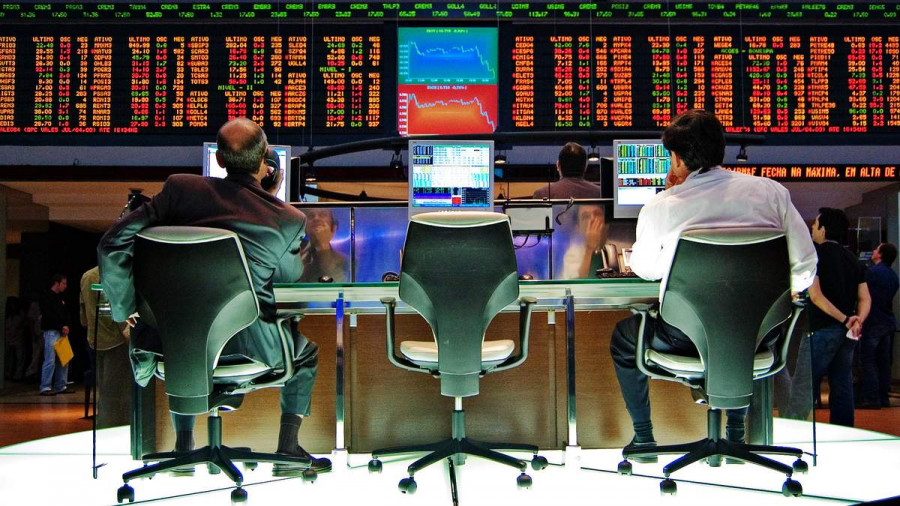
Asian indicators are showing a mixed trend in Tuesday's trading. China's Shanghai Composite fell slightly by 0.12%, while Hong Kong's Hang Seng Index showed a solid gain of 1.16%. At the same time the South Korean KOSPI dropped 0.17%, the Australian S&P/ASX 200 was down 0.86% and the Japanese Nikkei 225 gained slightly by 0.08%.
This mixed direction of the region's indicators is due to a number of reasons. Firstly, traders are monitoring the talks between the US president and the Chinese leader. He said he intended to work with the US to achieve positive results for both countries.
Another factor is traders' wariness about the potential for economic recovery and growth in the PRC due to an increase in the number of coronavirus-infected people and a reduction in the country's capital funding.
Galaxy Entertainment Group, Ltd. (+7.1%), Sands China, Ltd. (+7%), Sino Biopharmaceutical, Ltd. (+4.1%) and automaker Geely Automobile Holdings, Ltd. (+3,8%) were the biggest gainers on the Chinese stock exchanges. Tencent Holdings, Alibaba Group, Xiaomi Corp. added 1.7%, 1.9% and 1.9% respectively.
According to experts, the Japanese stock market is set to grow more strongly than other markets in the Asia-Pacific region in the near future thanks to the economic stimulus measures of the country's new government and the depreciation of the national currency.
Shares of GS Yuasa Corp., Nexon Co. and Subaru have gained more than others on the Japanese stock exchange to date. They have risen by 6.6%, 6.3% and 5%, respectively. Shares of Advantest (+1.1%), Sony (+1.4%), SoftBank Group (+1.8%) and Fast Retailing (+0.2%) were also up.
On the South Korean stock exchange, Samsung Electronics Co. rose 0.1% while Hyundai Motor fell 1.7%.
Experts estimate that the rate of increase in consumer prices in Australia is expected to slow down over the next year and a half. Rates will only rise once the country's inflation situation has stabilized. Notably, the Australian central bank has left the interest rate at its lowest level of 0.1% and also announced its intention to continue buying government bonds for a total of A$4 billion (which is equivalent to US$3 billion).
According to the Central Bank, interest rates will increase when full employment is achieved and the inflation rate is 2-3%. These goals should be met by 2024. According to preliminary estimates, the inflation rate in the country will be 2.25% by the end of 2022 and 2.5% after another year. The country's GDP growth is forecast to be 3% in 2021, 5.25% the following year and 2.5% in 2023.
Following the decline in the Australian indicator, BHP was down 2.7% and Rio Tinto lost 2.2%. Nearmap, Ltd. fell in price by 4.1%. The share price of Australian banks also declined. Commonwealth Bank fell 0.1% and National Australia Bank dropped 0.7%.
The material has been provided by InstaForex Company - www.instaforex.com